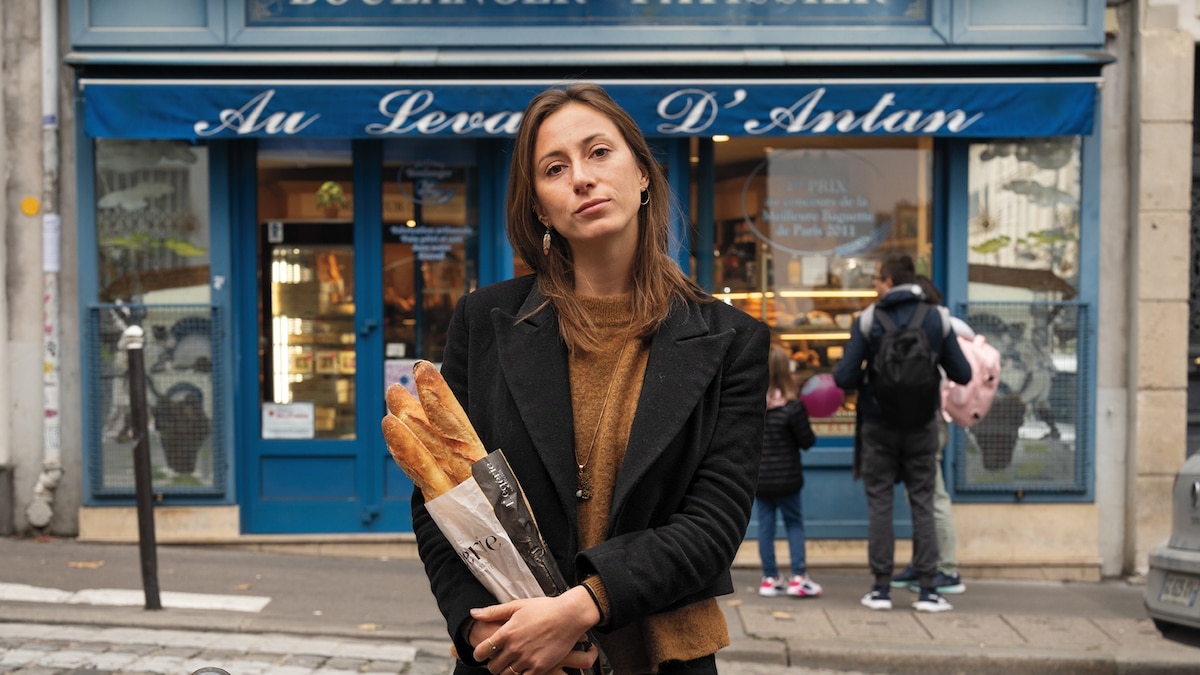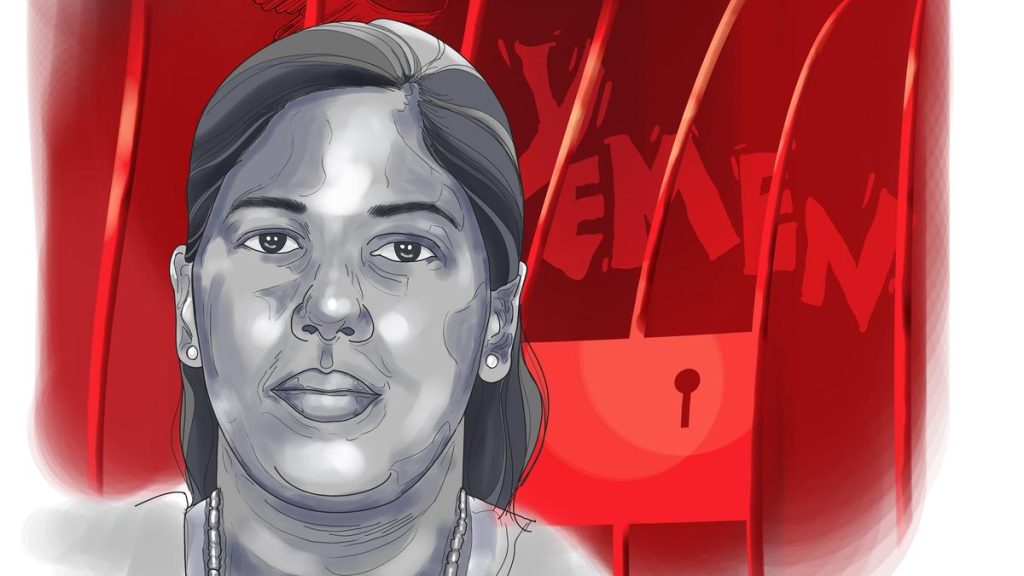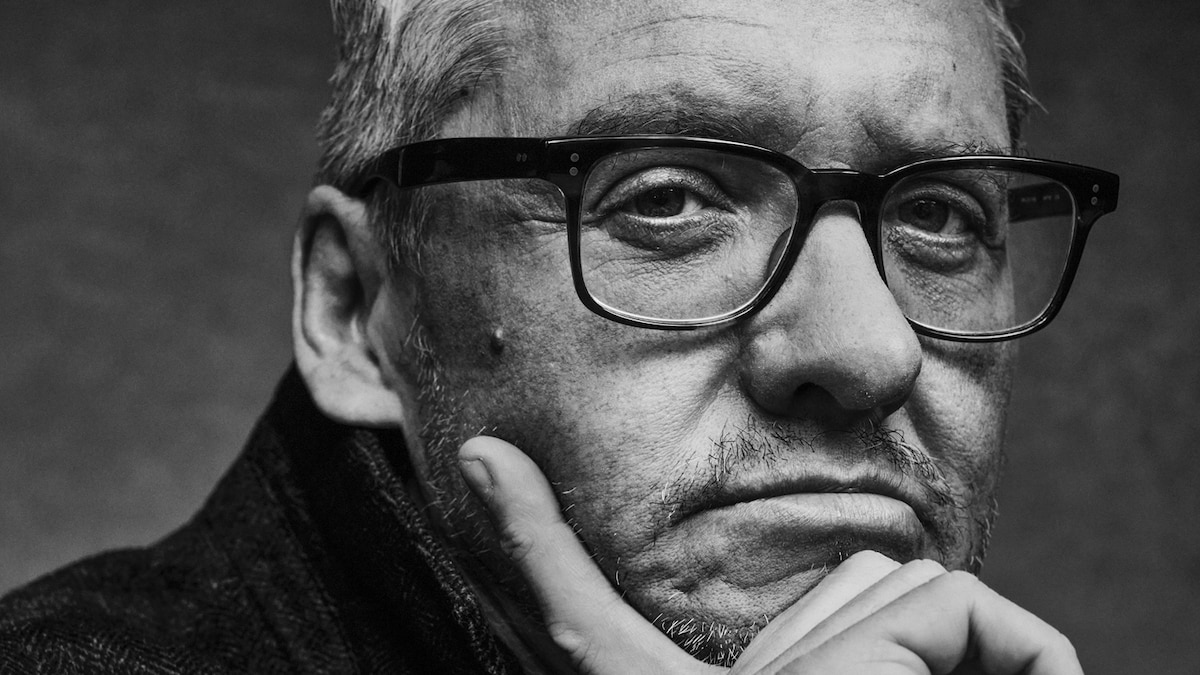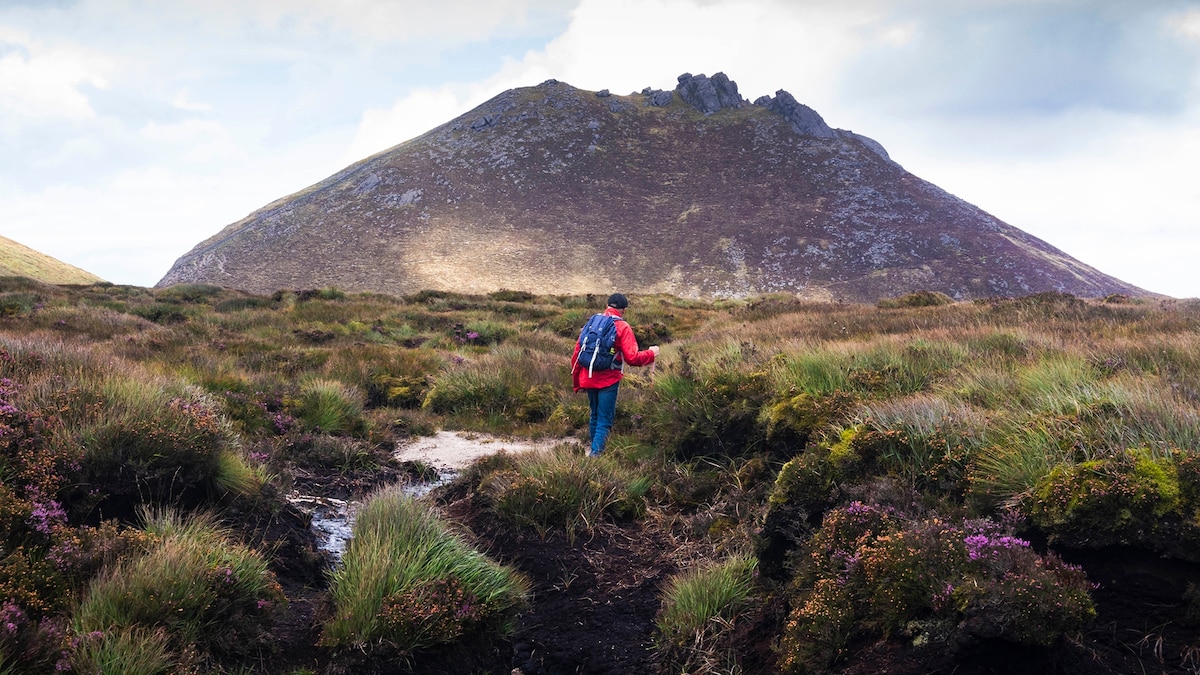Now Reading: Too much uneaten food goes to waste. Lucie Basch is working to change that.
-
01
Too much uneaten food goes to waste. Lucie Basch is working to change that.
Too much uneaten food goes to waste. Lucie Basch is working to change that.

When she was 24 years old, Lucie Basch left a promising career at Nestlé determined to build an app to fight food waste. She had zero coding knowledge, no marketing experience, and no funding. What she did have, however, was a simmering disdain for just how much good food winds up in the trash—about 30 percent of global production—which creates as much as 10 percent of greenhouse gas emissions as it rots.
Food waste happens all along the supply chain, but another thing Basch did not have was specialized expertise in agriculture or manufacturing. So she focused on what she knew: that the bakeries, restaurants, and grocery stores she shopped at typically threw out their perishable items left over at the end of the day. If someone could connect that supply with thrifty eaters, the food could instead be sold at a steep discount. The result would be a three-way win, with businesses earning bonus revenue, consumers getting radically cheap meals, and food being diverted from landfills.
Basch, who grew up in Paris but was living in Norway at the time, hit the streets in 2016 with flyers and sign-up sheets, persuading business owners to adopt an app that did not yet exist. She figured out quickly that the key was to keep the ask small. “I made them the promise that it’s going to be as simple as throwing food away, but instead of putting it into a big bin bag, you’re going to split it into different bags,” Basch recounts by Zoom from her office in Paris. Before long, she linked up with a group of like-minded Danish entrepreneurs with the coding knowledge to make the app she had been pitching a reality.
Today, Too Good to Go is the world’s largest marketplace for surplus food, operating in 19 countries with more than a hundred million registered users. It is also a certified B Corp. The core product is still “surprise bags”—shoppers receive a mystery assortment for one-third the retail price of the goods inside—but the business has expanded to offer a waste-reducing inventory management system for retailers, provide consumer education, and more.
Lots of people have clever app ideas; few grow them into profitable businesses with global reach. Basch believes that a key to Too Good to Go’s success was the founding team’s laser focus on making an immediate impact. “We didn’t consider the whole plan, and we didn’t have a full strategy for the next two or three years,” Basch says. “We were just like, Every day we need to have saved more meals than the day before.” That meant that in the early days, the app might crash after major media coverage, and the company didn’t have the luxury of employing paid marketers, expert graphic designers, or experienced business strategists. “I think that’s actually what enabled the success—the fact that we didn’t wait, and just went for it.”
Here Basch evokes a concept known as the triangle of inaction: governments, companies, and consumers each waiting for someone else to take the first step in tackling climate change. “We should reverse it and say wherever you are on that triangle, just start moving,” she says. “Because we need everyone to move in the same direction if we want to have a chance to actually succeed.”
A version of this story appears in the April 2025 issue of National Geographic magazine.

























